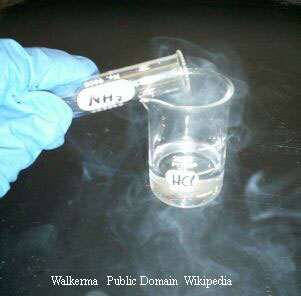Chemical Reactions: Heat Changes
Chemical Reactions: Heat Changes
Grade Levels
Course, Subject
Description
Is the temperature of a reaction related to the concentration of reactants?
Students make predictions, collect and interpret data and make conclusions during the laboratory activity. Graphs are java-based so no other software is necessary. The activity is customizable on the ITSI-SU (free) web site.
Sensor needed: Temperature probe
Time needed: 2 class periods
In this activity the temperature of a reaction is monitored for different concentrations of reactants.

Does change in concentration change the amount of heat released in a chemical reaction?
When yeast is added to a hydrogen peroxide (HOOH) solution, bubbles start to form and the solution foams up. Do you think this is an endothermic (heat-absorbing) reaction or an exothermic (heat-producing) reaction?
When baking soda is added to vinegar, bubbles form and the solution fizzes violently. Do you think this is an endothermic or an exothermic reaction?
If the products of a reaction contain less chemical energy than the reactants, is the reaction endothermic or exothermic? Why?
If the products of a reaction contain more chemical energy than the reactants, is the reaction endothermic or exothermic? Why?
Rationale
Does change in concentration change the amount of heat released in a chemical reaction?
Resource
See the link below for the interactive resource. After creating a free account, you will have access to all ITSI-SU Math and Science interactive resource and lessons.
Content Provider
The Concord Consortium: http://www.concord.org/
reactions reaction concentration heat endothermic exothermic energy experiment laboratory graph data ITSI-SU chemistry itsi concord
